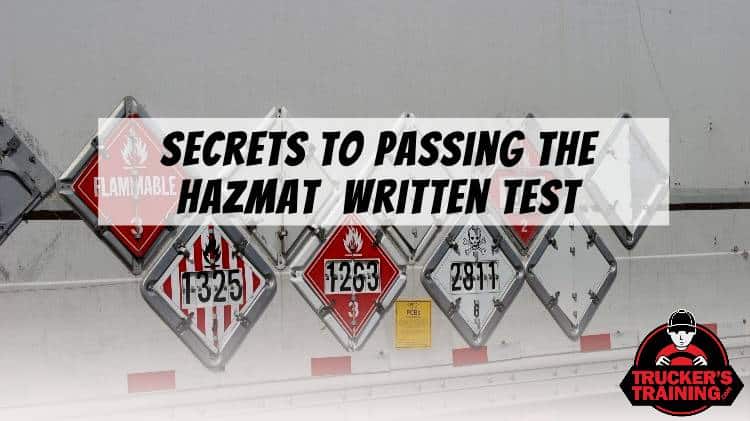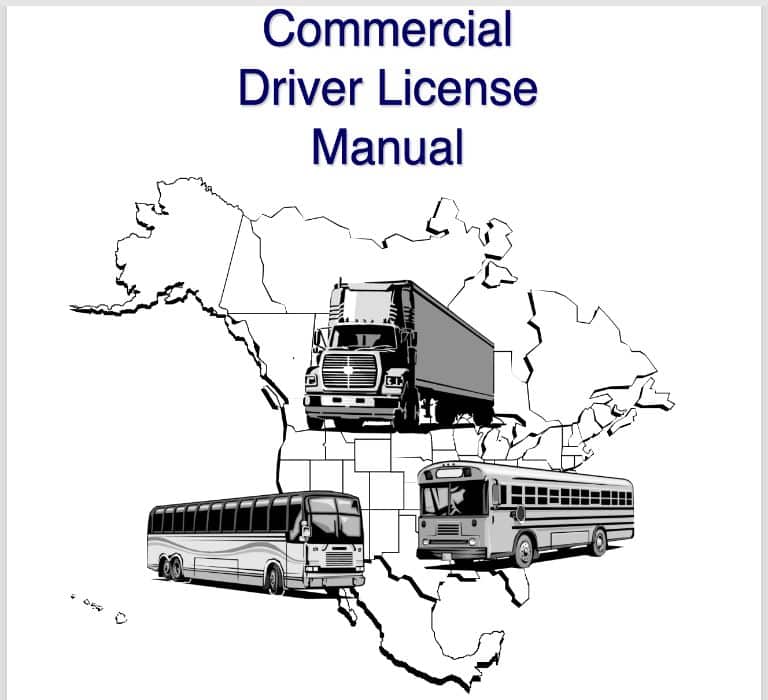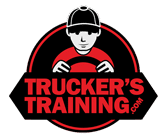The HazMat test is by far the most difficult CDL written test that the student driver will face. Easily as difficult as all the other written tests combined, it can only be passed with study and preparation. Here are some tips on how to do well on your HazMat written test.
Why Bother Getting a HazMat Endorsement?
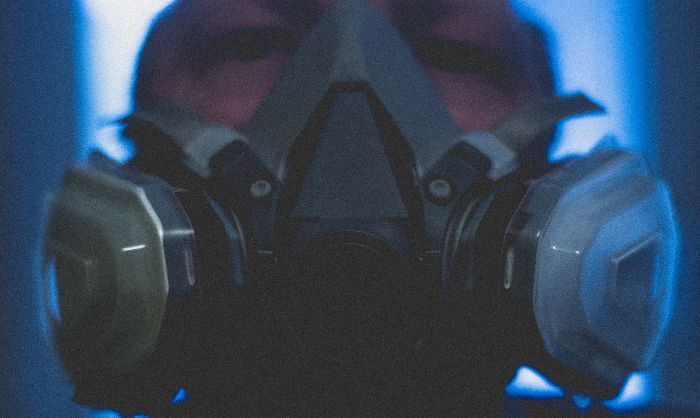
Most drivers rarely transport HazMat, but most drivers hold the HazMat endorsement. Having this endorsement will greatly benefit a driver. Many “starter companies” will not hire a driver right out of a school if they don’t have a HazMat endorsement. Some companies will pay a small premium for HazMat holders (sometimes an extra penny per mile) whether or not the load is HazMat. Some of the best paying jobs require hauling HazMat on a daily basis.
Examples of driving jobs that has decent pay requiring either a Class A or Class B CDL license with a HazMat endorsement:
- Delivery driver or bobtail driver for a gas company
- Asphalt milling or paving operators
Fingerprinting & Background Check

To obtain a HazMat endorsement, the student will need to get their fingerprints scanned and have a background check completed; the driving school will walk students through this process. The finger printing and background check will need to be renewed every five years.
The cost of these extra steps is usually less than $100, every 5 years; it is well worth the cost and effort.
Tips on How to Pass the HazMat Written Test

What You’ll Be Handling as a HazMat Driver
HazMat requires special care. The term “HazMat” literally means “Hazardous Materials”. These materials need to be transported so there is little or no danger to the:
- General public
- Environment
- Driver
- Emergency responders
- etc.
Potential problems with HazMat include:
- Explosions
- Chemical spills
- Environmental damage
- Fire
- Fire accelerants
- Toxic gases
- Radioactive release
- etc.
How to Navigate the DMV Manual
The HazMat section in the “Commercial Driver Handbook” is a difficult read. It is full of technical information and can be confusing at first.
Here is a brief summery to help you start:
- HazMat is divided into 9 different “classes”.
- Some “classes” are sub-divided into smaller groupings called “divisions”.
- It is the responsibility of the shipper to attach diamond-shaped labels on HazMat packages—usually a 4” square tilted 45° (either attached to the package directly or attached with a wire).
- It is the responsibility of the shipper to provide the driver with four placards for the trailer (one for each side)—at least 250mm square [9.84 inches] tilted 45°.
- Both the shipper and the driver will inspect the load to be certain that everything is safe.
- The driver will attach the provided placards to the trailer. (Rarely the shipper will pre-attach the placards.)
- There are specific rules on how the BOMs (“Bills of Materials”) will be marked for easy identification—and where in the truck the BOMs will be stored. The written test will have 2~3 questions on this.
Note: On certain, international loads—instead of a 250mm placard—there will be an orange rectangle with a four digit number printed in black. (This information will not be on the written test.)
Markings
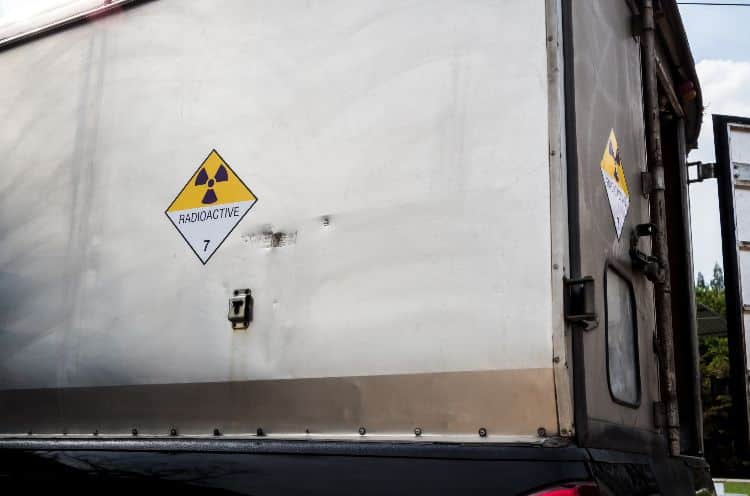
The packages (cartons and crates) inside the trailer are marked in specific ways so there is no confusion as to what is inside the packages. Placards are attached to the outside of the trailer so everyone can clearly see what is inside the trailer. These markings are international, so shippers and drivers around the world know how to handle each material.
Emergency responders need to be able to identify what is inside a load so that they can deal with any potential emergencies. In an emergency situation, a driver might not be able to communicate the risks, or the driver might not be present.
Note: It is legal to place the “BOM”s (“Bills of Materials”) for HazMat load in various, specific places (details of these locations can be found in the “Commercial Driver Handbook”). However—it is good practice to place the BOMs in the door pocket of the driver’s door. The door pocket is the first place an emergency responder will look in an emergency. (This applies to non-HazMat loads as well.) (This will not be on the test.)
Not Reportable
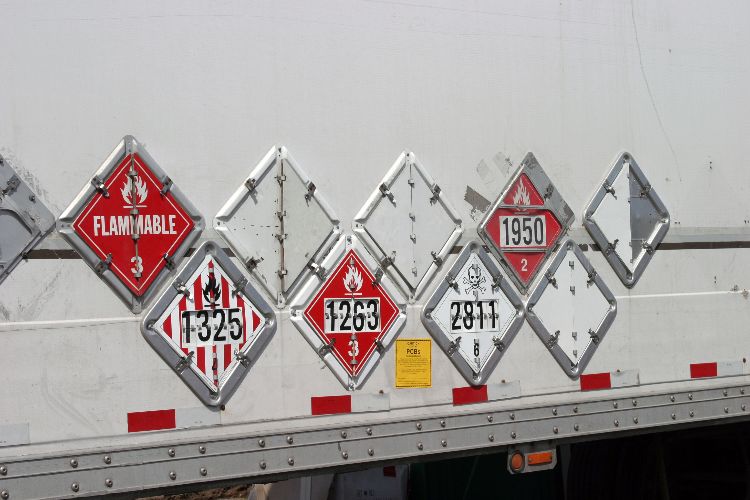
Not every load that contains HazMat requires placards. If the quantity is small—then the packages inside the trailer will be marked and the BOMs will be marked—but the trailer will not have placards. Each type of HazMat has a “RQ” (“Reportable Quantity”). If the load contains the RQ or more, then the trailer requires Placards.
For example:
If a load contains a substance that has a RQ of 1,001 pounds and the amount of that substance is 1,000 pounds (or less):
- The trailer is not placarded.
If a load contains a substance that has a RQ of 1,001 pounds and the amount of that substance is 1,001 pounds (or more):
- The trailer is placarded.
Either way, the individual packages will have HazMat labels (labeled by the shipper).
Note: If the load does not require placards—a HazMat endorsement is not required.
Any Amount
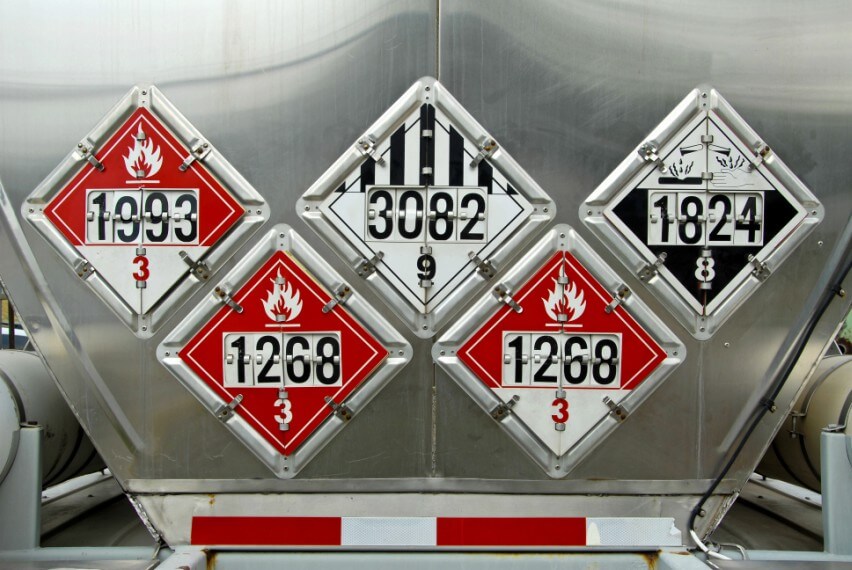
There are 8 types of HazMat that are “any amount”. If there is any of this material in the trailer (no matter how slight a quantity) the trailer will require a placard. There will be 3~4 questions on this list in your written HazMat test. Learn this list:
- Explosives 1.1
- Explosives 1.2
- Explosives 1.3
- Poison Gas
- Dangerous When Wet
- Organic Peroxide
- Poison/toxic inhalation
- Radioactive
Note: Explosive 1.4, 1.5, and 1.6 are not on this list. (Fire crackers are less reportable than dynamite.)
Complicated Parking Rules
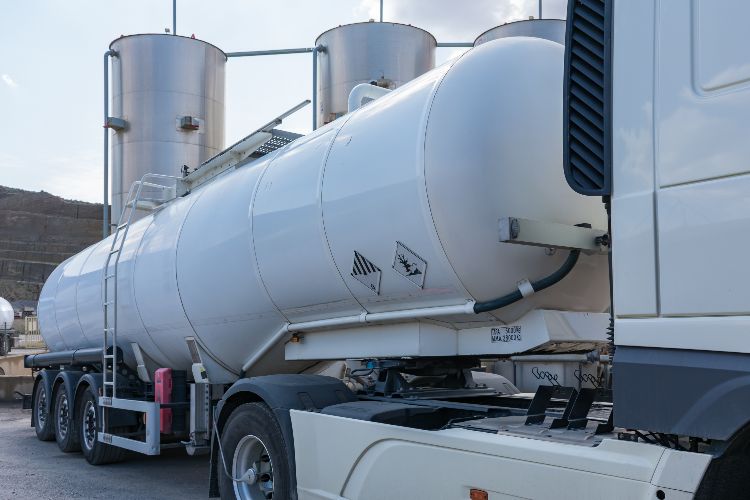
When you are working professionally, of course you won’t:
- Park a truck filled with dynamite right next to a highway
- Open packages next to an open flame
- Leave the truck unattended while fueling
- etc.
Unfortunately, there are insanely complicated rules about where you can:
- Load and unload a HazMat trailer
- Where you can unload in an emergency
- How close to open flame you can handle various types of explosive
- How close to a highway you can be
- etc.
In the above examples, the minimum distance allowed is 50’, 150’, or some other distance.
I would recommend not spending too much time memorizing these complicated rules while studying. There will probably be one question on the test; just guess the best you can, and hope for the best.
Study and Practice

The internet is filled with study guides and practice tests. There is no reason to be unprepared for the written test.
The Day of the Test
Rest beforehand. Get proper sleep. Be relaxed during the test.
The HazMat test is 30 questions. A passing mark is 24 correct answers (80%). If you prepare, you should be able to pass.
Once You Are Hired
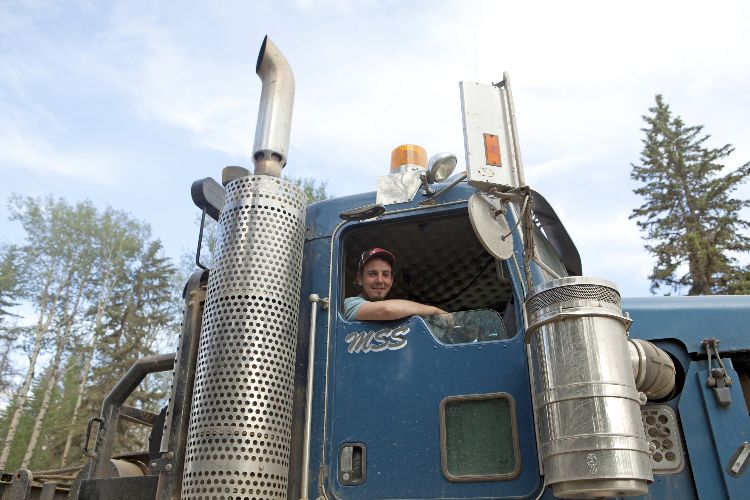
Once you have your license and start your new career, there are many things that will help you handle HazMat safely.
Extra Training
Once you get hired by a trucking company, you will receive additional training/testing during orientation. It is the responsibility of the company to be certain that you are qualified to handle a truck—this includes handling HazMat.
The Orange Book
On the first day of orientation with a new driving company, the trainer will hand you a copy of the Emergency Response Guidebook (also known as “The Orange Book”). This guide book is filled with helpful information on HazMat and other safety items. The RQ of each substance is listed. Common names of chemicals will be listed—and special handling rules, if any.
The Shipping Clerk
The single biggest resource for a driver handling HazMat, is the shipping clerk. The clerks at a shipper’s location handle these materials daily. They understand the rules, paperwork, RQs, and which placards are required—for each substance that they ship.
Even so, double check everything. Ultimately, safety is the driver’s responsibility.
Other Placards
Occasionally, a shipper (or shipping clerk) might provide a placard that is not technically a HazMat class or division, such as:
- “Marine Polutant”
- “Cargo Aircraft only”
- “Lithium battery”
- “Non Hazardous Materials”
- etc.
Place these placards as the shipper directs.
Conclusion
This information is intended as an overview. Complicated concepts have been grossly simplified to provide a head start before you tackle the HazMat section in the “Commercial Driver Handbook”. Reading this short article is not intended to replace study and practice.
Work hard. Study. Good luck!

Michael has had his Class A CDL since 2002, and has worked for several OTR trucking companies. He also drove a truck for the Yellowstone National Park Laundry Department. Michael has worked for two FRA regulated railroads. Then he spent a year driving an ultrasonic, rail-scanning truck on railroad tracks. In addition, Michael has 10 years of experience in logistics and operations where he worked safely with trucks and railroad equipment. Earlier in his life, he was an educator; teaching throughout the U.S. and South Korea.
